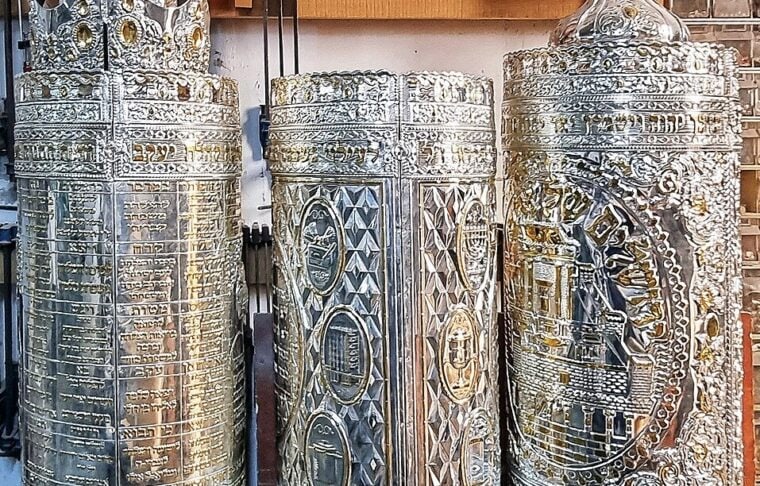The numerical symbolism of the Torah

April 2023, Buenos Aires, Argentina.
The power of numerical messages in the Torah is not mere superstition, but rather a significant resource that the Holy Scriptures use to convey valuable life teachings. Indeed, the Torah uses various resources to communicate its messages, and numbers have a prominent role in this task.
There are several significant numbers in the Torah: seven, eight, ten, forty, among others.
The natural dimensions occupy seven spaces in all possible directions (up, down, front, back, right, left, and center). For this reason, seven symbolizes the order of nature and the laws that regulate its operation. This idea is reflected in the Torah in the Creation account: God created the world in six days and on the seventh day, He “rested”. This is the reason why the cycle of the week lasts seven days, and, on the seventh day, we celebrate Shabbat. This motif also underlies the seventh year, which is dedicated to resting the land from productive labor (Shmita).
However, the eighth space is a dimension that transcends the natural. It is achieved thanks to the effort that, although it seems exhausting and even impossible, transports us to a better reality. In summary, number eight symbolizes the power of effort and dedication to achieve goals that seem unattainable.
In this sense, number eight acquires great relevance, since it precisely symbolizes the effort that transcends the comfortable and simple. It is the number that represents the passage from one stage to a better one that can only be achieved with effort and dedication. For this reason, number eight is linked in Jewish tradition with the supernatural, the miraculous, or even the impossible.
An example of this is the commission to the parents of the newborn to perform the Brit Milah after eight days of having acquired affection and care for their child. This action takes them out of the comfort of superficial affection and makes them act in a way that is apparently contrary to love, but ultimately they are endowing the child with a higher benefit. This act takes place on the eighth day of birth.
Another example is found in the celebration of Hanukkah, where the candles that illuminate the holiday lasted a day longer than they could have thanks to the efforts of the Hashmonaim, who strove to combat what seemed impossible: the powerful empire in which they were living. Thanks to their efforts, they lit the Menorah, and instead of lasting seven days, it lasted eight. This miracle clearly demonstrates that victory is achieved through effort.
Number ten symbolizes the closing of one cycle and the beginning of another, under the watchful supervision of God. Thus, ten generations passed between Adam and Noah and another ten generations between Noah and Abraham. Each of these characters represents a new stage in the history of humanity. We can also explain in this way the ten expressions with which God created the world, the Ten Commandments and the ten plagues that befell the Pharaonic Egyptian: they are turning points in universal history.
Number forty symbolizes the passage of a long period, especially a generation. For this reason, the people of Israel spent forty years in the desert before entering the Land of Israel (as a reaction to the bad report of the spies, who spent forty days on their mission to collect information about the inhabitants of the Land of Israel). Moses also spent forty days on the mountain, receiving the Torah.
We see from all these synthetic examples that the numbers in the Torah are not random but convey information and give important lessons. It is important to keep them in mind to read the Torah correctly and to deepen its study.

